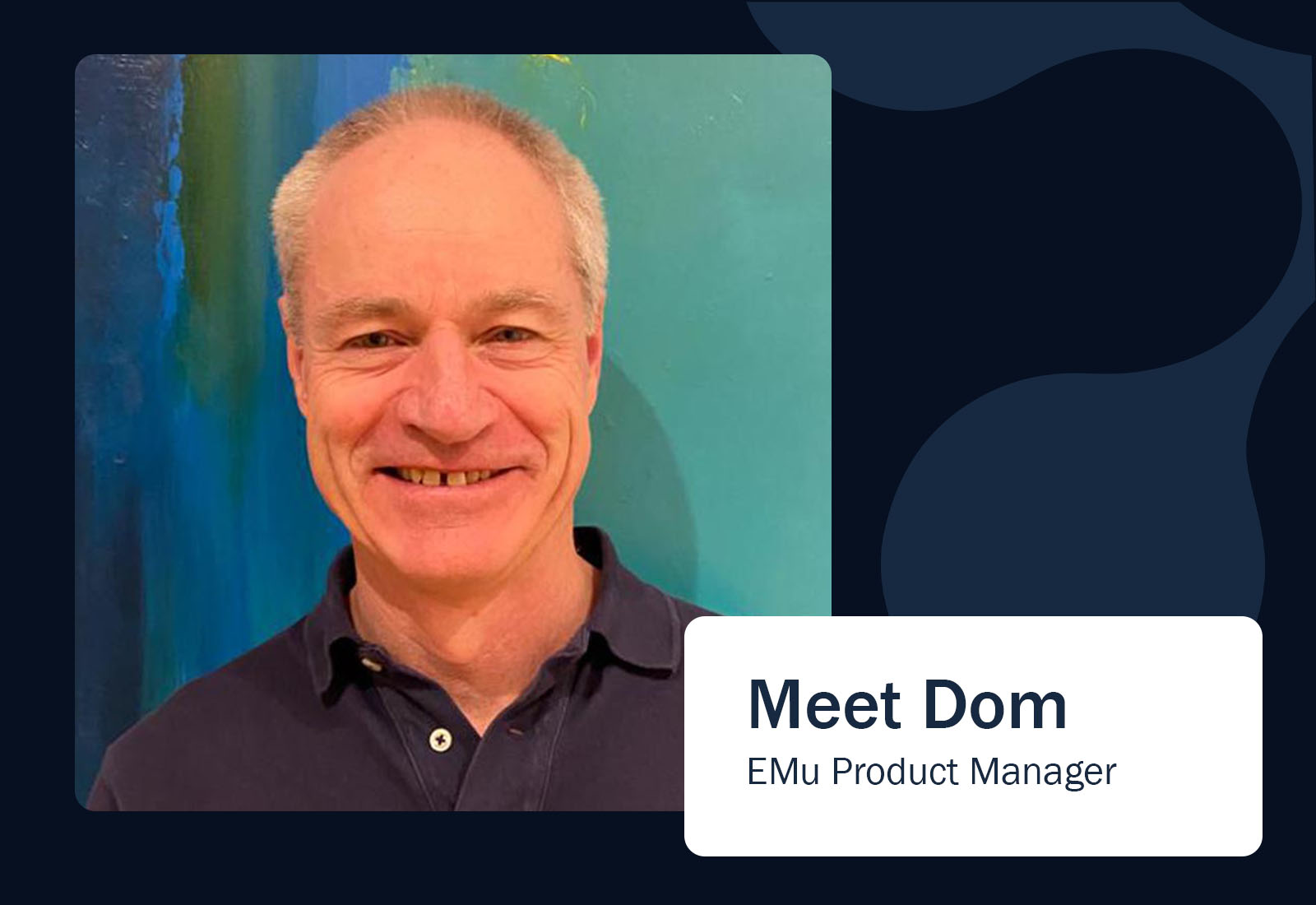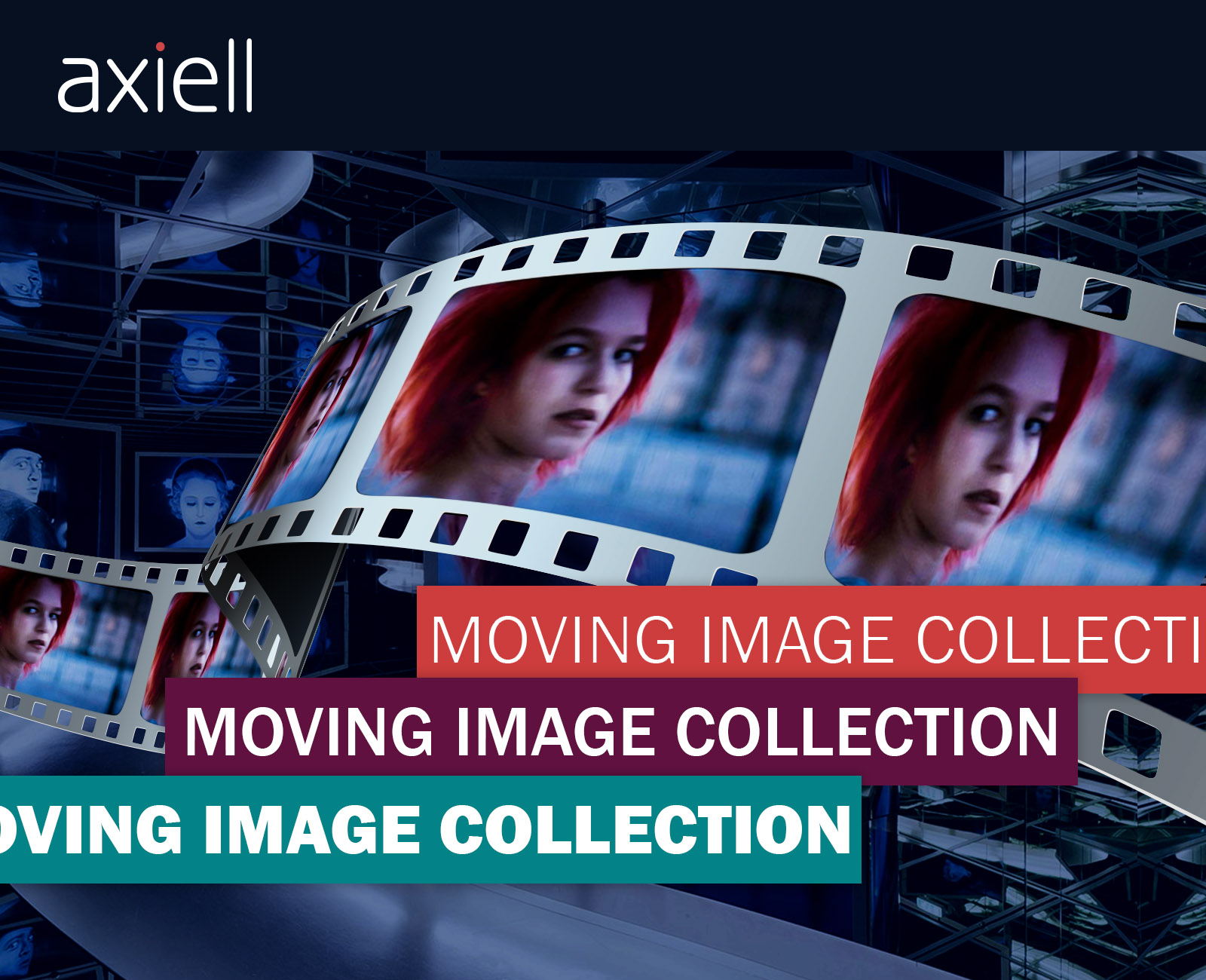Late last year we were delighted to move Dominic Marshall into the position of EMu Product Manager. Since then, he has reenergized EMu’s product roadmap and our monthly special interest group meetings. But did you know that Dominic has a deep family history with our EMu Collections Management System? I sat down with Dom (virtually) to get all the information.
Tell me how you got your start in technology.
I began studying computer science at Melbourne University just after my brother Bern graduated from the same program. After graduating, Bern started working at the Melbourne University Systems Development Group to develop Texpress (originally known as Titan); a multi-user database engine that is now used as the database platform for EMu and our vital records platform.
As the development of Texpress continued, Bern, a professor of Computer Science, and a group of colleagues formed a company called Knowledge Engineering (later renamed to KE Software) to bring the product to market.
Another professor at the University had a side project working with census data on compact discs. He spun off a company called Space Time Research to see what could be done with this new data format. When I graduated, I joined Space Time Research and we became one of the first companies to work with compact disc technology.
I first worked with Texpress as a contractor for KE Software. At the time, KE was working with mainframe and mini computers and Space Time Research had worked with PCs. PCs offered the ability to use graphics which was a game changer for displaying images.
KE Software contracted me to use this technology to display images from a mainframe for one of their first clients, Museums Victoria. It might not sound like much to us now, we take this stuff for granted today, but it was ground-breaking at the time.
And then you took some time away from tech?
Yes – I wanted to travel. I started in New Zealand with a friend of mine and caught the travel bug. I went back to work for a year to save up and then left for Europe.
But of course, after about 9 months of travel, I was out of cash so I took a job as a tour guide and gained an appreciation for other places and people. I did that for about 5 years and then eventually I wanted to go back to my technology career. Soon after I returned I was asked to come in house at KE Software.
What was KE Software up to in the time that you were gone?
In the early days Texpress was just a database engine, but KE’s initial customers were Museums Victoria, the Canadian Museum of Civilization Corporation (now the Canadian Museum of History) and the Registry of Births, Deaths and Marriages in Victoria.
These customers helped KE Software build two different platforms using Texpress as the database engine.
Museums Victoria and the Canadian Museum of Civilization Corporation were the driving customers behind EMu. They took a collaborative role in the development of the system. Their staff would come on site and describe their processes. KE Software took what they said about museum workflows and built the system around their needs while also allowing enough flexibility to accommodate a wider pool of organizations.
The Registry of Births, Deaths and Marriages in Victoria prompted the creation of our vital records product to manage vital records and registries. Because of my interest in people and identity, when I rejoined KE Software I gravitated towards the registries work and moved into that side of the business.
The registry business really picked up in 2007. At that time, the Province of Manitoba decided to join the NRS (National Routing System); a system which passes registry information around government bodies in Canada. I relocated to the KE Software office in Vancouver to build the NRS plug in that would allow our vital records system to pass data to the routing system. This launched our vital records success in Canada.
Eventually I moved back to the office in Australia and continued to work on vital records projects, with projects for EMu off and on. Then last year I was asked to take over EMu.
So you’ve had a really long history with EMu! In today’s market, what do you think is driving EMu and musetech forward?
The sector needs to get to the point where institutions can easily access other institutions’ data.
We need at least a semi-shared schema across organizations to facilitate this. The more people who adopt a shared module, the more we work on a shared schema. This is so important for scalability and sustainability of institutional data. This mindset is driving the redesign of certain modules in EMu.
There are so many specialized institutions that hold data that we should be able to pull in and out of EMu. Eventually I’d like to see our customer base nominate these institutions as authorities in their areas of specialization so that we can build access to their data into a shared ecosystem.
And then, of course, we’d like to have a portal that can push data between institutions. I see this as the next big step forward for musetech.
What would you like to see Axiell achieve in the next few years?
I would like to see even more focus on the customer. In the musetech sector we can’t create a one size fits all system. Each institution has similar underlying processes but they all function a bit differently. To facilitate this requires a really close connection with the customer.
This kind of closeness in turn fosters a highly engaged customer base which is exactly who we want to develop our products in union with, just as we did with Museums Victoria and the Canadian Museum of Civilization Corporation back in the day.
Reenergizing our EMu and natural history special interest group is a step forward in this direction. We meet monthly and discuss emerging needs, challenges and triumphs in the community. We solicit feedback on product roadmap items and new developments, and we form advisory groups who directly influence the direction of the platform.
Learn more about the EMu and Natural History Special Interest Group
What’s your favorite part of the job?
Pre-covid when I was working with our vital records and registries clients, I would often go onsite. There I would get direct feedback from customers. And when the customer says the software is fantastic — that it has transformed their business — that’s the best part of the job.
EMu is a part of my family’s history, and it means a lot to me to see what the software has helped cultural institutions and registries achieve. That kind of feedback has a special meaning to me and my brother Bern from our role in the early days of EMu right through to today.
Thanks for this trip down memory lane, Dom! To connect with Dominic, join the EMu and Natural History Special Interest Group and register for our upcoming North America user conferences!




